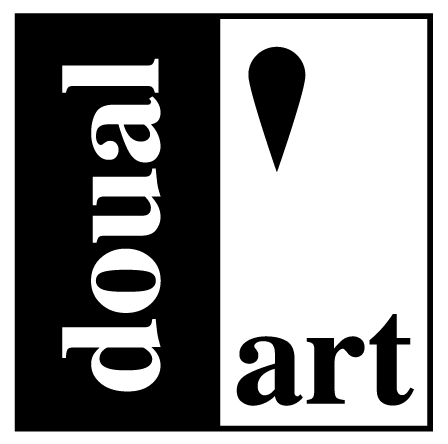Mauro Alessandro Lugaresi est un architecte né à Breda (Pays-Bas) en 1978. Après avoir obtenu son diplôme de l’Université de Technique de Delft (Pays-Bas), il s’est installé à Douala, Cameroun, où il a vécu de 2008 à 2013. Il vit et travaille aujourd’hui à Bruxelles (Belgique).
Son travail tourne autour du thème d’intégration : l’intégration du bâtiment dans le site, mais également l’intégration d’éléments culturels et d’éléments signifiants, dans la forme ou le concept d’un objet ou d’une histoire. Les conditions économiques, climatiques et culturelles du Cameroun l’ont inspiré et poussé de plus en plus sur le chemin d’une architecture durable.
A Delft, il a réalisé un petit nombre de court-métrages et participé à la réalisation d’un documentaire sur Douala, Narrating Douala: Life-worlds of the contemporary urban body. À Douala, il a travaillé dans le bureau Architect W Partners, où deux des travaux qu’il a conçu ont reçu le prix d’Architecture. Au Cameroun, il a également travaillé comme volontaire dans une école à Buea, où il a participé à la conception et au suivi de chantier d’une bibliothèque pour enfants. Au nombre de ses travaux réalisés en collaboration avec doual’art, on compte la co-conception du Floating Quay de l’artiste Juan Fernando Herrán, celle du Théâtre-Source de Philip Aguirre y Otegui, ainsi que le design et la révision d’une carte de Douala où topographie, histoire et art public sont intégrés en une seule image, donnant une nouvelle lisibilité à la ville. Il a également participé à la réflexion sur le PUB – le pavillon urbain de Douala – en collaboration avec RAW, ICU art projects et l’artiste Lucas Grandin. Depuis qu’il est installé à Bruxelles, il a travaillé principalement sur des projets de logement sociaux et d’architecture publique avec une vision durable et écologique, en collaboration avec AAC Architecture.

